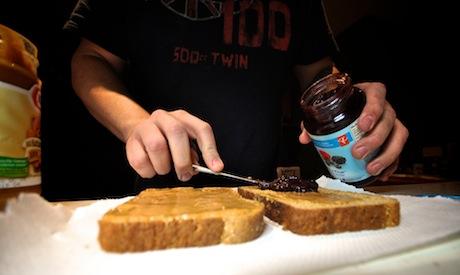While napping may seem like slacking, napping done right is actually good for both your brain and work performance. It leaves you feeling refreshed and rejuvenated, especially if it’s done methodically on a regular nap time schedule.
Daytime naps can be one way to treat sleep deprivation, says Sara C. Mednick, PhD, sleep expert and author of Take a Nap! Change Your Life on WebMd. “You can get incredible benefits from 15 to 20 minutes of napping,” she says. “You reset the system and get a burst of alertness and increased motor performance. That’s what most people really need to stave off sleepiness and get an energy boost.”
Check out these tips for nap time success:
1. Keep to Short.
Napping for too long can leave you feeling groggy and more tired than before you napped. A power nap really is equivalent to 10 to 20 minutes. Nap no longer than 30 minutes. You can take longer naps on the weekend or when you don’t have to work, but don’t get too far off of your sleep schedule.
2. Avoid Napping too Close to Bed Time.
It’s best to nap in the afternoon between 1 pm and 4 pm but not too close to bedtime. If you nap too close to bedtime you'll wake back up and not be tired until later. Don’t eat such a large dinner that you snooze after dinner and then can’t fall asleep later.
3. Don’t Nap If You’re an Insomniac.
Methodical napping is effective but not if you have a sleep disorder like insomnia or sleep apnea. If you have a sleep disorder you want to make sure that when it comes time for bed at night, you’re as tired as you can possibly be.
4. Notice Dreaming.
If you dream during a short nap that means that you’re sleep deprived because that’s the final stage of sleep in roughly a 90 minute cycle.
5. Keep a Regular Nap Schedule.
Keep a regular nap schedule just like you would a regular bedtime. Being scheduled is the most effective way to nap.
6. Stay Warm.
Use a blanket to stay warm while you’re napping because your body temperature drops while you snooze. It’s also easier to go to sleep when you’re warm and cozy.
7. Lights Out.
Just like at night, make sure that nap time is done in the dark if possible. Darkness reminds the body to relax and fall asleep. If you don’t have access to darkness, which can be more difficult in the afternoon, invest in some eye covers.
This article was originally published on www.Care2.com. Read the original here.
You May Also Like:
[aolvideo src=“http://pshared.5min.com/Scripts/PlayerSeed.js?sid=1759&width=480&height=270&playList=518492085&responsive=false”]
*Image of “nap“ via Shutterstock





